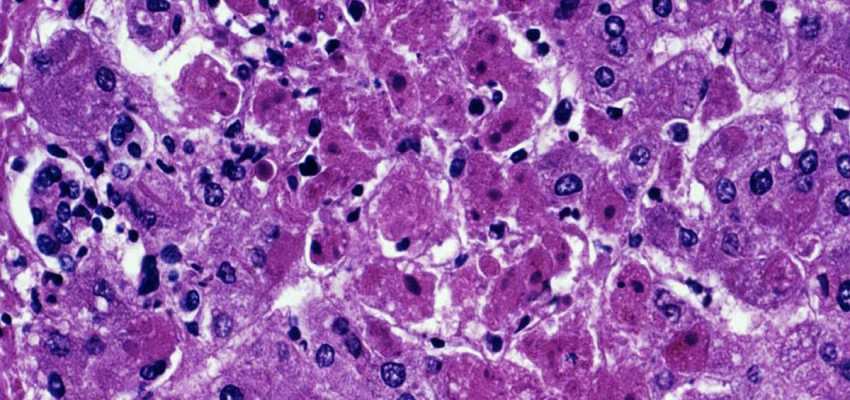
Marburg virus has killed five people in Tanzania's north-western Kagera region, On 21 March 2023, the Ministry of Health (MoH) of the United Republic of Tanzania declared an outbreak of Marburg virus disease (MVD) in the country.
Tanzania has recently confirmed its first-ever outbreak of Marburg virus disease ((MVD), which killed five people in country’s north-western Kagera region. Marburg is a deadly Ebola-like virus.
The Marburg virus is a cousin of the equally deadly Ebola virus.
According to World Health Organisation, it kills on average half of those infected.
In the African continent hundreds of people have died from the Marburg virus in the past.
The Marburg virus was first identified in 1967 in Marburg and Frankfurt, Germany and Belgrade, Yugoslavia (now Serbia).
Since then, there have been outbreaks in Guinea, Uganda, Angola, the Democratic Republic of Congo, Kenya and South Africa, the WHO reports.
Western African country of Equatorial Guinea reported its first outbreak in February.
Symptoms of Marburg disease
High fever is a common symptom of Marburg disease, often followed by bleeding and organ failure.
Patients suffering from the disease experience fever, muscle pains, diarrhoea vomiting, and stomach pain. Also, there is extreme bleeding in severe cases.
• a fever
• severe headache
• muscle pains
• watery diarrhoea
• stomach pain
• nausea
• vomiting
An e-bola-related virus is causing the disease. The Spread of the disease is epidemic; meaning the disease is widespread. The virus is transmitted to people from fruit bats. It spreads between humans through the transmission of bodily fluids of infected people, surfaces and materials.
What is the Marburg virus?
According to the World Health Organization (WHO), Marburg virus is a cousin of the equally deadly Ebola virus. It was first identified in 1967 in:
• Marburg and Frankfurt, Germany
• Belgrade, Yugoslavia (now Serbia)
The Egyptian rousette fruit bat often carries the Marburg virus, but African green monkeys and pigs can also harbour it.
How can it be treated?
• There are no specific treatments or a vaccine for the virus. No anti-viral treatments or vaccines have been approved so far to treat the virus.
• But symptoms can be alleviated by giving patients plenty of oral or intravenous fluids and replacing lost blood.
Key Takeaways
• The Marburg virus was first detected in the city of Marburg in Germany in 1967
• Marburg is highly infectious
• The Marburg virus disease is a severe, often fatal illness with symptoms including headache, fever, muscle pains, vomiting blood and bleeding.
• No treatment yet exists for Marburg
• Drinking plenty of water and treating specific symptoms improves a patient's chances of survival.
• The Marburg virus killed more than 200 people in Angola in 2005, the deadliest outbreak on record according to the global health body.

